
views
- Freezing the wax for at least one hour will make it easier to scrape off.
- If the candle wax has solidified inside of a container, fill it with boiling hot water to liquefy the wax and make it easier to remove.
- For a tiny bit of wax that has dried on a flat surface, you can use a razorblade to scrape the wax off.
- Getting rid of the waxy residue can be tough, but a cotton swab and some baby oil or vinegar should do the trick.
Freezing the Wax
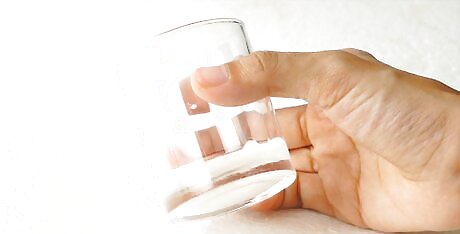
Place the glass jar or piece of glass in your freezer. Freezing works best for small votive holders or candle jars. Once your candle has cooled to normal room temperature, place it in the freezer. If you put it in when it's too hot, you'll risk cracking the glass from too quick of a temperature shift. Make sure the glass is cool to the touch before you freeze it.
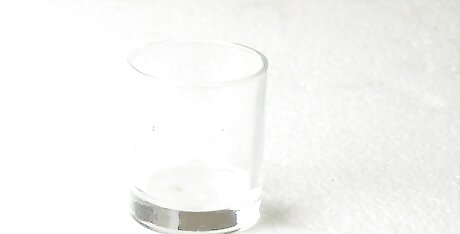
Let the wax contract for at least an hour. As the wax and glass begin to freeze, the wax will begin to contract and separate from the sides of the glass, pulling away and making it much easier to remove.
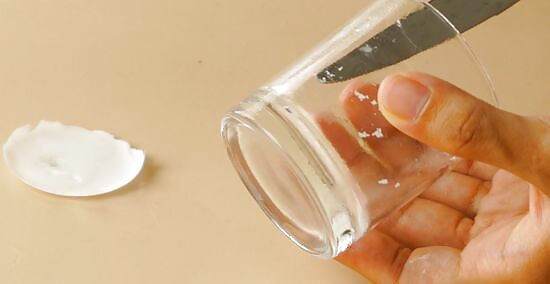
Use a table knife to remove the wax from the glass jar. Remove the glass from the freezer after an hour has passed and try to tap the wax out on the palm of your hand. Use your finger or a dull knife to scrape and remove the remaining wax from the glass.
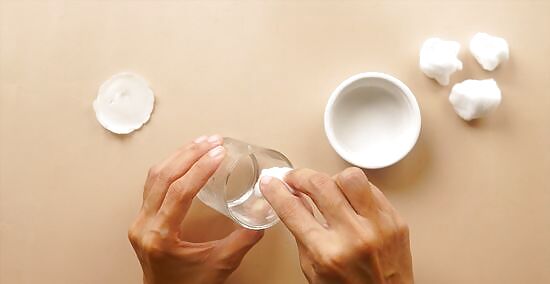
Swab the glass to remove any wax remnants. Remove any small remaining pieces of wax residue using a cotton ball or cotton swab soaked in baby oil or vinegar. Rubbing with a slightly damp paper-towel can be just as effective. It might take some elbow-grease, but it should come up.
Melting the Wax
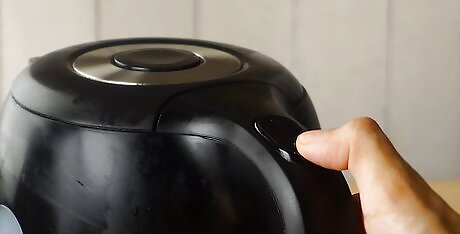
Boil some water. Bring a pot of water to boiling using the stove or microwave while you prepare the wax. The water doesn't need to be at a rolling boil, just hot enough to melt the wax. Imagine you were heating up water for a cup of tea that you wanted to drink very soon. Alternatively, you could heat the jar while you're doing the dishes. Run some water and get it as hot as you can stand, then soak the jar for a while at the bottom of the sink. Another option is to heat the wax on the jar using a hair dryer. Turn the hair dryer on medium and blow the hot air over the wax until it melts. If you have multiple jars to remove wax from, try placing them into the oven at 180 °F (82 °C). Place the jars on a foil lined baking sheet and put them into the oven for about 15 minutes to melt the wax.

Cut up the wax to loosen it. Use an old knife to cut a series of slits into any large chunks of wax that remain in the glass from which you want the wax removed. Alternately, you can use a fork to separate smaller chunks of wax, or skip this step completely if only a thin coating of wax or residue remains in the glass.

Pour the boiling hot water into the glass jar or votive that contains the wax. The wax should immediately begin to liquefy, and start to float toward the surface of the water.
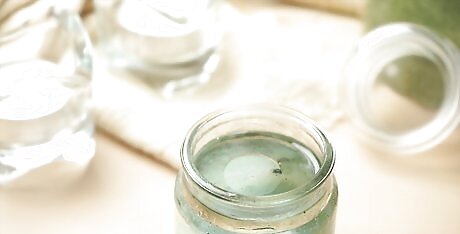
Let the wax cool. Allow the water and wax mixture to cool off for between 15 and 20 minutes. During this time period, the wax will begin to harden slightly on the surface of the water, making it easy to remove.
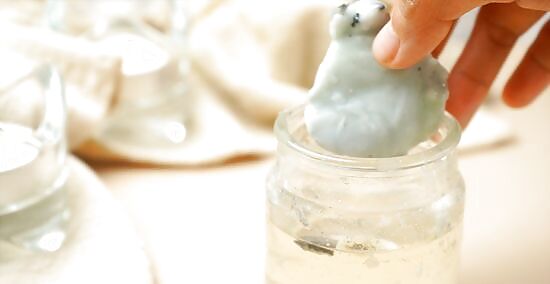
Remove the wax from the water using your fingers. If there are any remaining pieces of wax stuck to the glass, use the knife to gently pry them from the glass. They should be soft and pliable, making the job much easier.
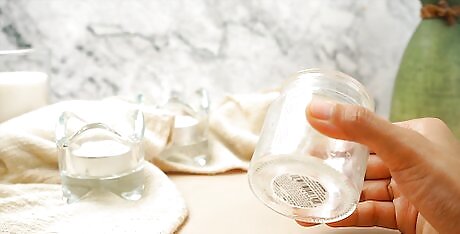
Clean the jar of any wax remnants. Soak a scrub sponge in hot water and wring out the sponge until it becomes damp. Then use it to clean out the jar, removing stray wax. You could also dampen and use a paper towel in place of a sponge. Spraying the jar with ammonia, such as window cleaner, will also help to get rid of any remaining wax and residue. Let the ammonia sit on the glass for about 1 minute and then wipe it away.
Scraping Wax from Flat Surfaces

Find the proper scraping tool. Ideal for the job is a sharp razor blade or window scraper to gently remove wax from a flat surface, such as a glass table top. These are more ideal than a pocket-knife or other rounded blade that might scratch the glass. You want to be very gentle if you try to scrape the wax off a surface that you're unable to heat or wipe.

Loosen the wax with some damp heat. Soak a sponge in some very hot water and try to moisten the wax and loosen it slightly before you go at it with the scraper. You might even be able to wipe it off completely, making scrapes unnecessary.
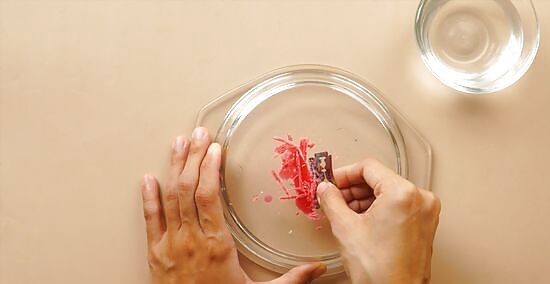
Carefully loosen the wax with your scraper. Focus on using soft, gentle strokes to prevent the razor blade from slipping, and to also prevent the blade or scraper from leaving scratches on the glass surface. Continue to scrape until all wax residue has been removed from the glass surface.

Wipe down the glass. Use a damp, warm cloth to remove any small amounts of wax residue that have been left behind, cleaning it thoroughly. It's easy to leave behind a waxy or cloudy residue, making the wipe-down particularly important. Alternately, you can spray glass cleaning solution on the wax and clean off using a paper towel or soft rag. It might take several passes before you get it up completely. Be diligent!














Comments
0 comment